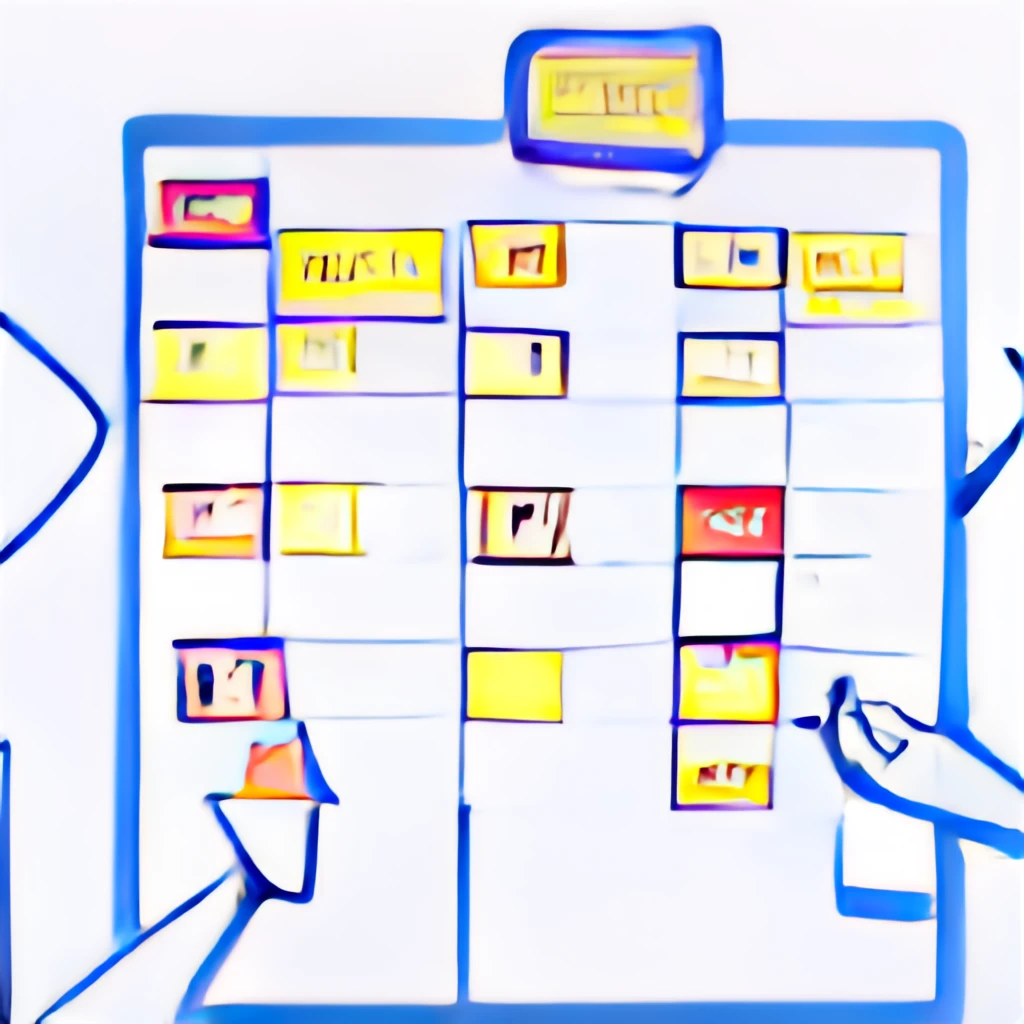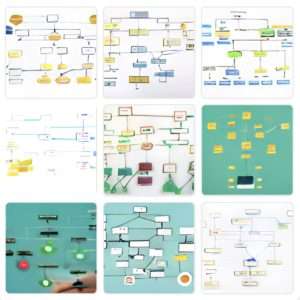Introduction
Kanban is a visual scheduling system that is used to manage work at a steady pace. It is a lean methodology that was first used in the 1940s in Toyota factories. It is now used in different industries globally. This blog post will provide an overview of Kanban, its benefits, and how it works.
What is Kanban?
Kanban is a Japanese term that means “card” or “signal”. It is a system that uses cards or visual signals to manage work. The Kanban system is designed to help teams manage their workflow and improve their efficiency. The system uses a board that is divided into columns that represent the different stages of work. Each column contains cards that represent individual tasks. As work progresses, cards are moved from one column to the next, indicating the progress of the work.
Benefits of Kanban
One of the main benefits of Kanban is that it helps teams visualize their workflow. This makes it easier to identify bottlenecks and areas where improvements can be made. By identifying these areas, teams can work to eliminate waste and improve their efficiency. Kanban also promotes a culture of continuous improvement, as teams are encouraged to regularly review and refine their processes.
Another benefit of Kanban is that it promotes collaboration and communication. By visualizing the work, team members can easily see what tasks are in progress and what needs to be done next. This helps to ensure that everyone is working towards the same goal and that work is not duplicated or missed.
How Kanban Works
Kanban works by using visual signals to manage work. The signals can be in the form of cards or other visual cues, such as colored sticky notes or magnets. The system uses a board that is divided into columns that represent the different stages of work. The board can be physical or electronic.
As work progresses, cards are moved from one column to the next, indicating the progress of the work. The columns can be customized to fit the specific needs of the team. For example, a software development team may have columns for “to do”, “in progress”, and “done”. A marketing team may have columns for “planning”, “design”, and “distribution”.
Conclusion
Kanban is a powerful tool that can help teams manage their workflow and improve their efficiency. By visualizing their work, teams can identify areas for improvement and work together to eliminate waste. Kanban promotes collaboration and communication, which helps ensure that everyone is working towards the same goal. If you are looking to improve your team’s productivity, Kanban is definitely worth considering.
Written on Notion App. Cover pic generated on huggingface.co.



